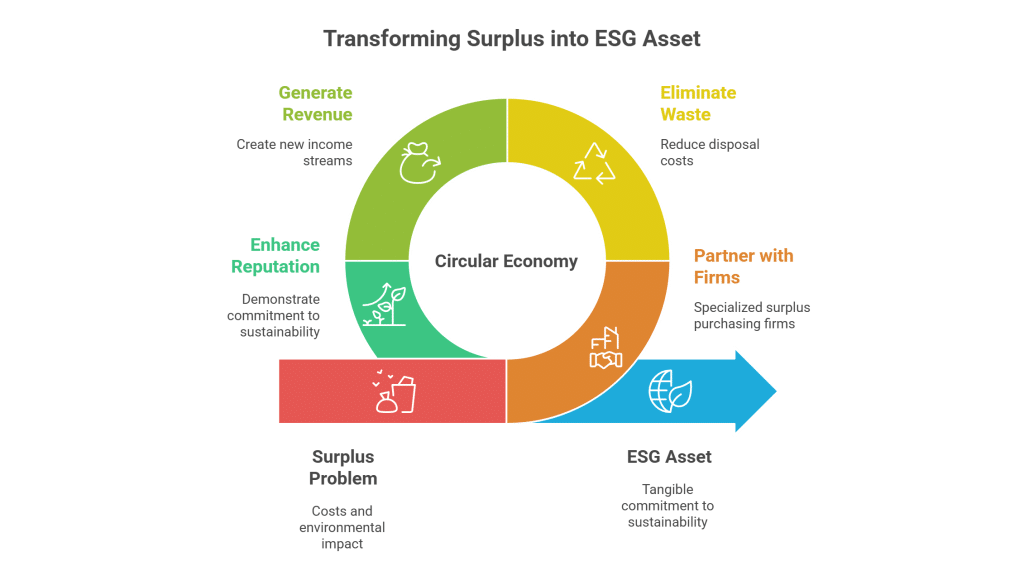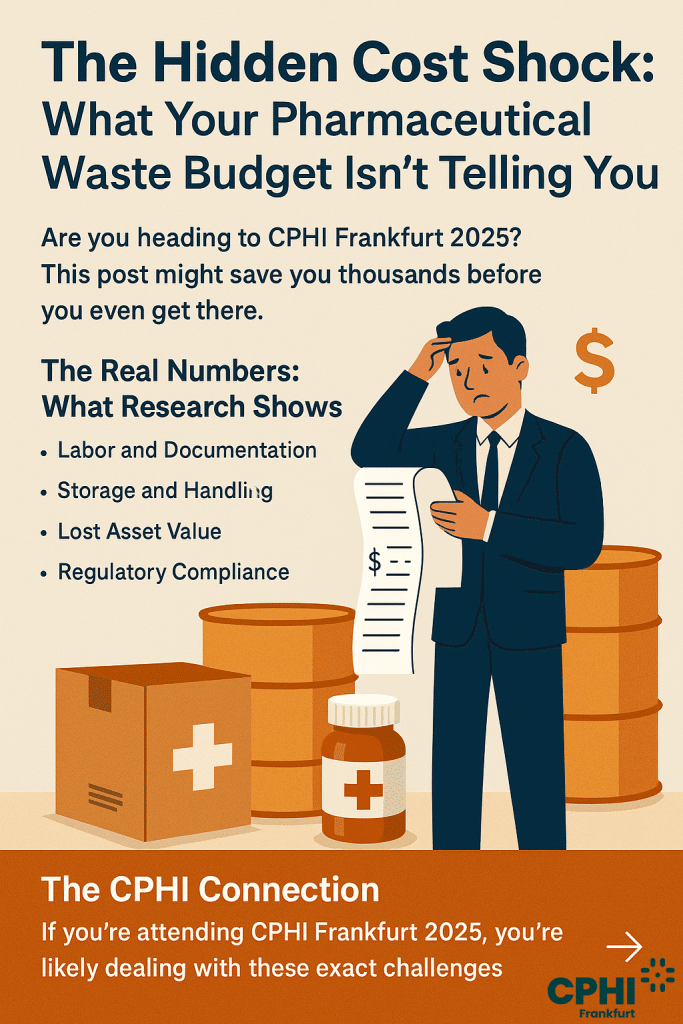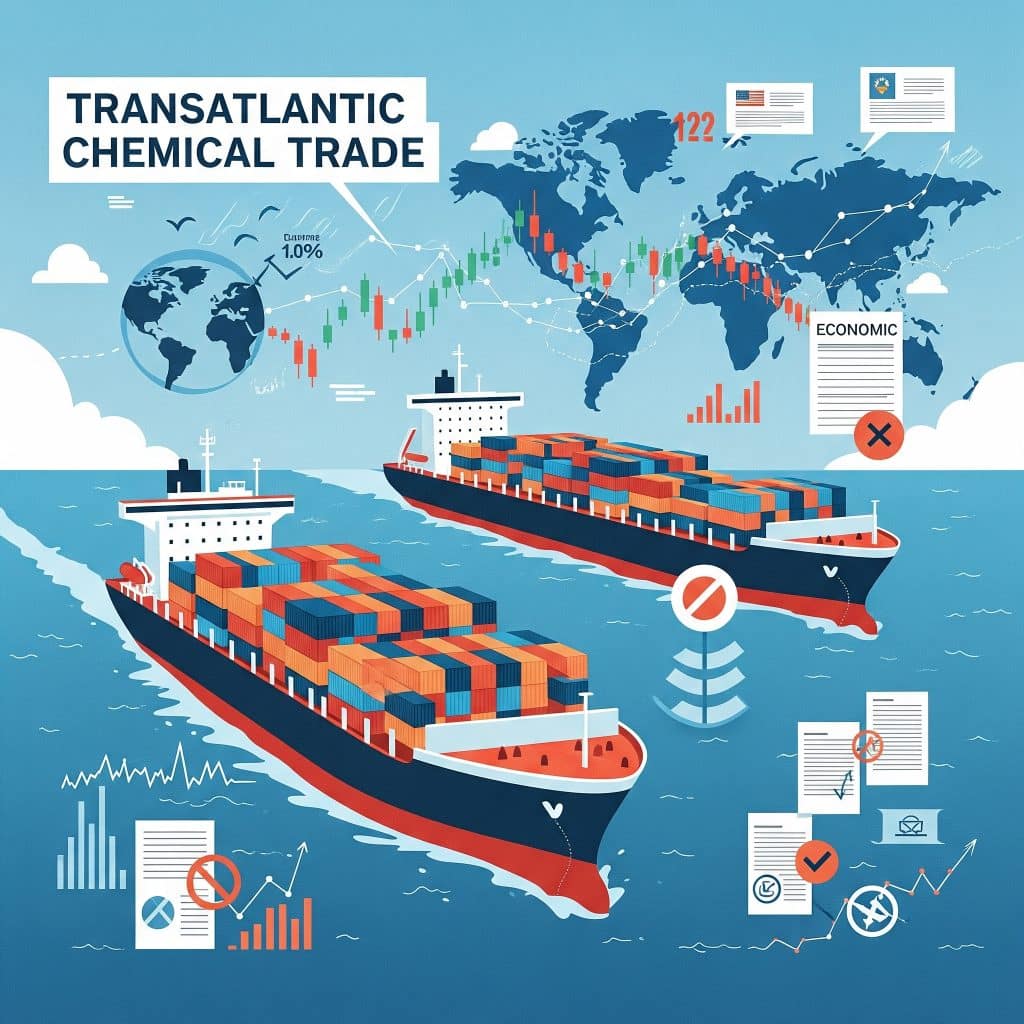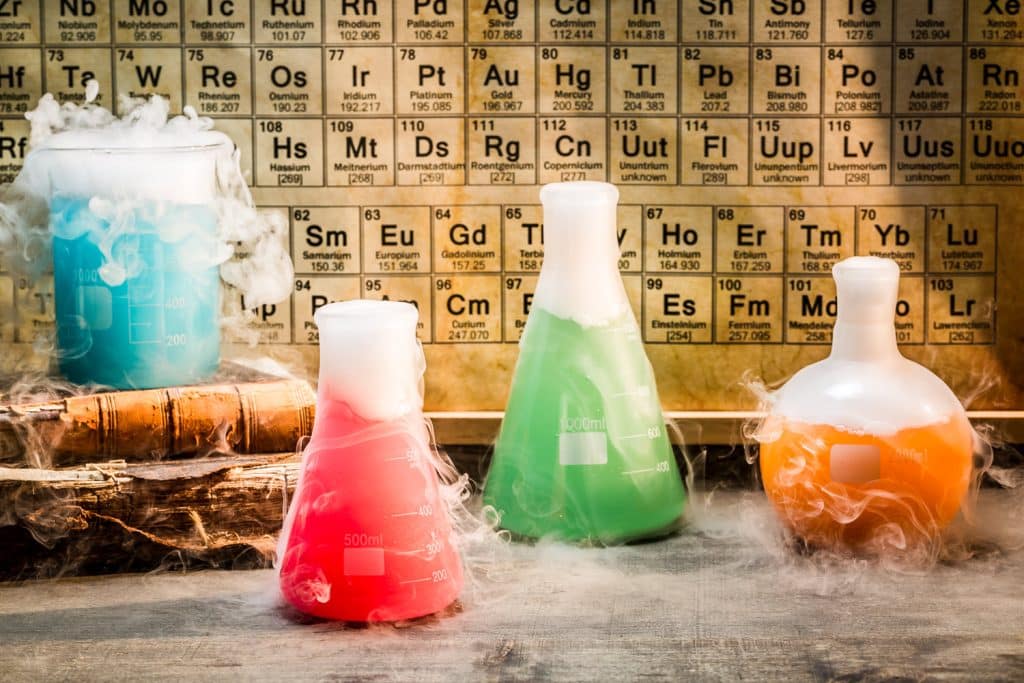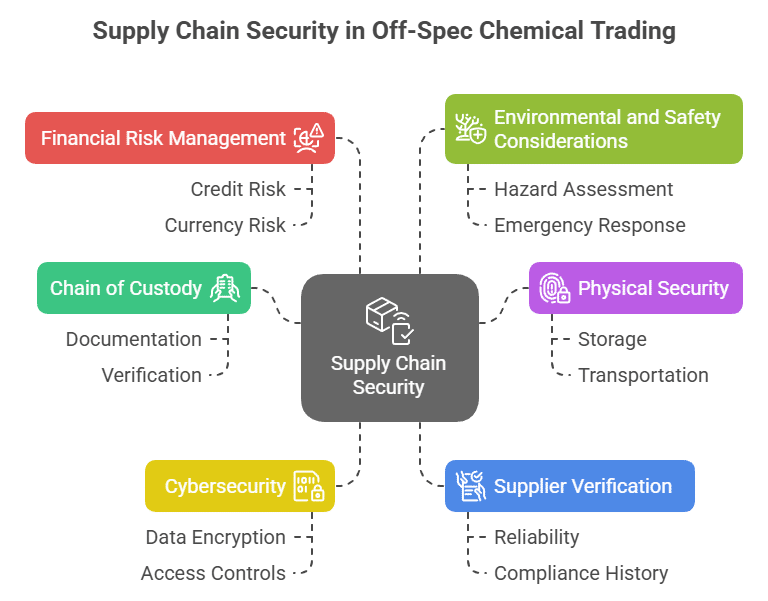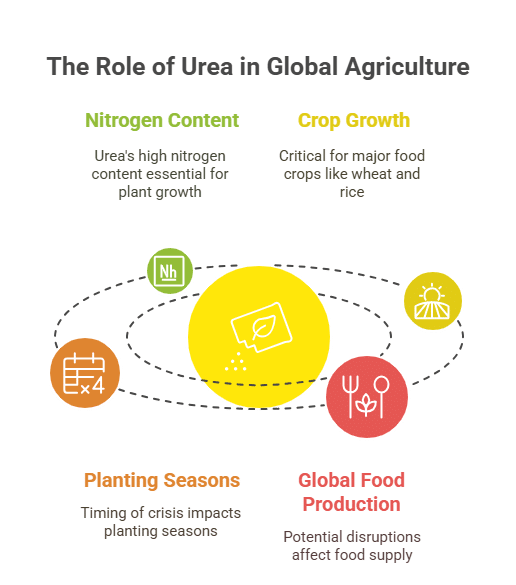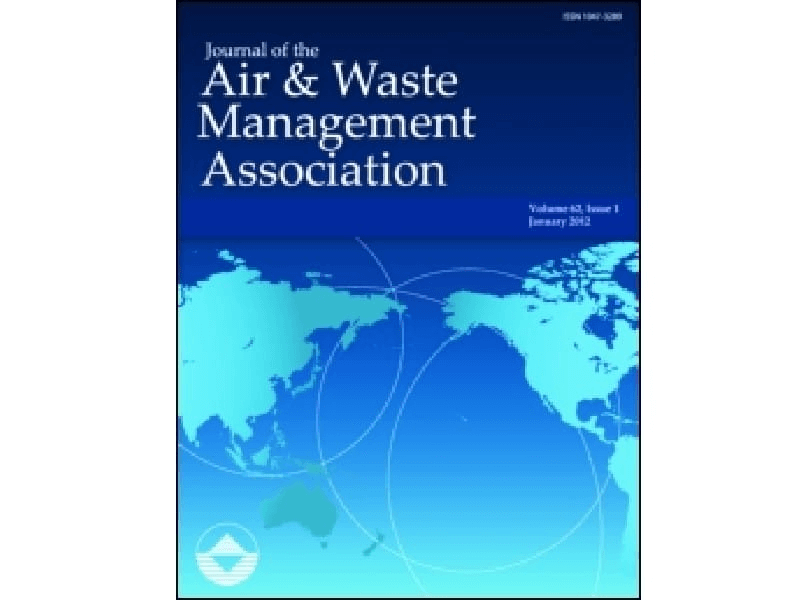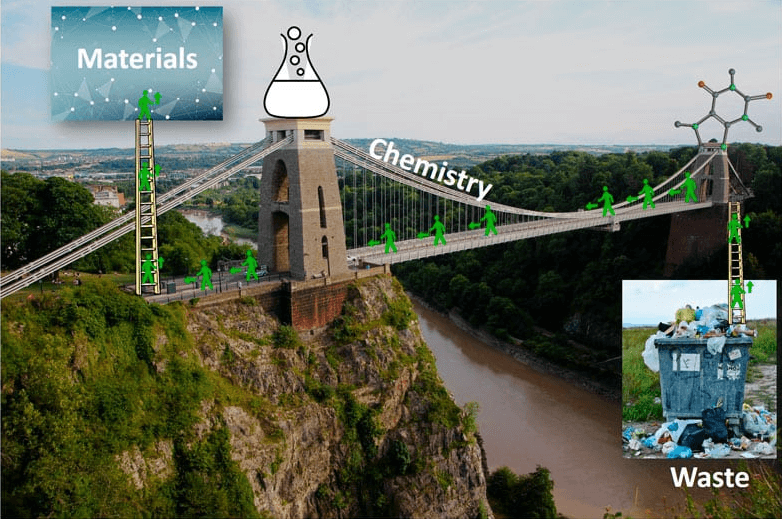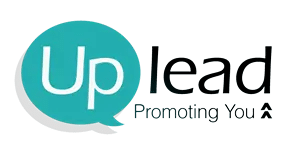Maximize Value with Surplus Sodium Lactate in Food & Cosmetics
Sodium Lactate Surplus: Unlocking Value in the Food & Cosmetics Industries
Sodium Lactate in Food & Cosmetics: Applications and Opportunities
Table of Contents
Transforming Surplus into Success: A Food & Cosmetics Case Study
A leading beauty brand and a renowned food processing company recently faced the common challenge of surplus sodium lactate in their production facilities. By tapping into the surplus chemical trading market, both companies transformed their excess stocks into valuable assets. The beauty brand integrated the high-quality surplus into its new line of moisturizers, enhancing product performance and tapping into consumer demand for sustainable ingredients. Meanwhile, the food company leveraged sodium lactate as a natural preservative in its dressings and sauces, ensuring extended shelf life and improved flavor profiles. This strategic move not only resulted in significant cost-savings but also bolstered environmental responsibility, setting new standards in supply chain efficiency and product innovation.




